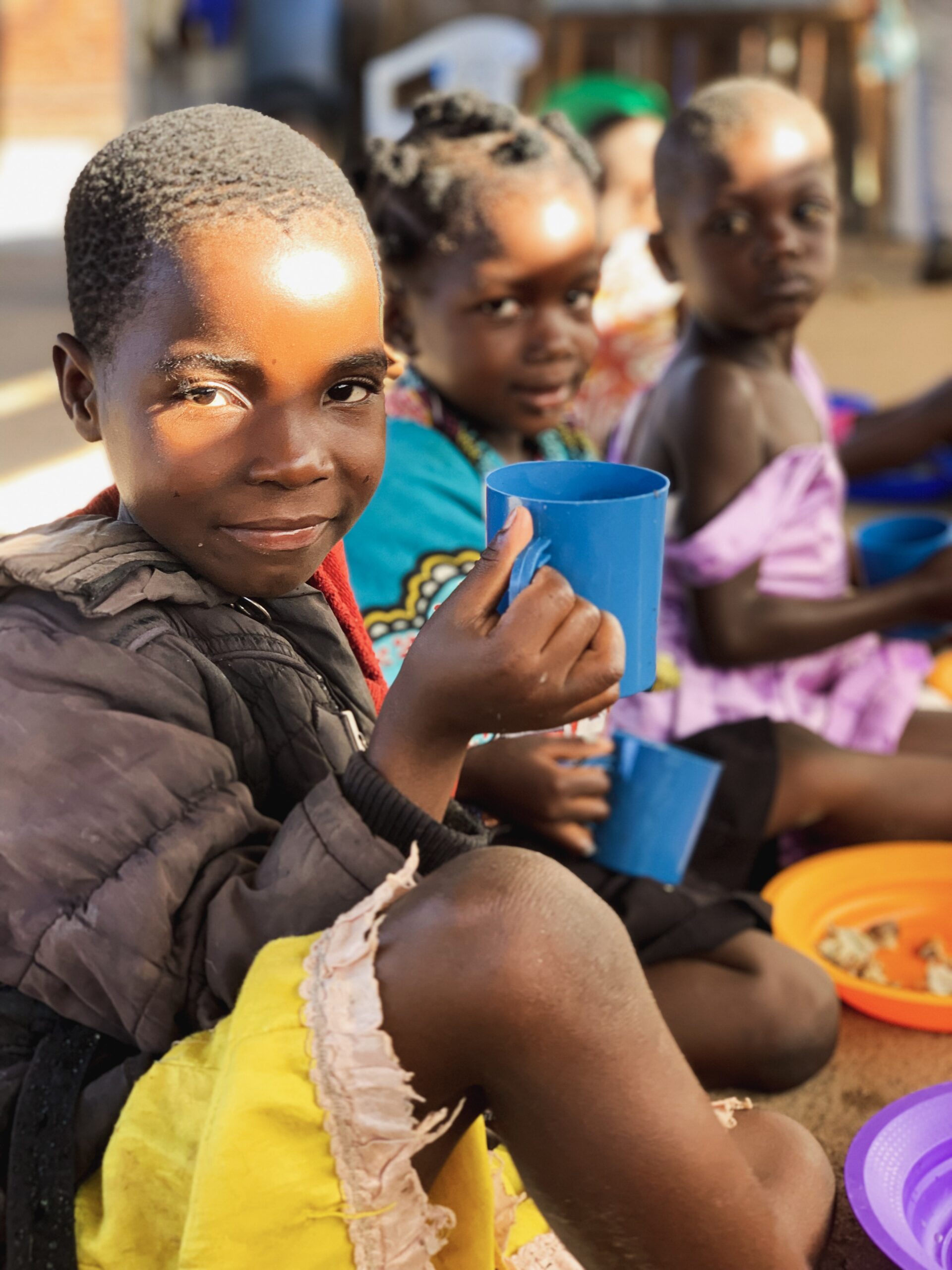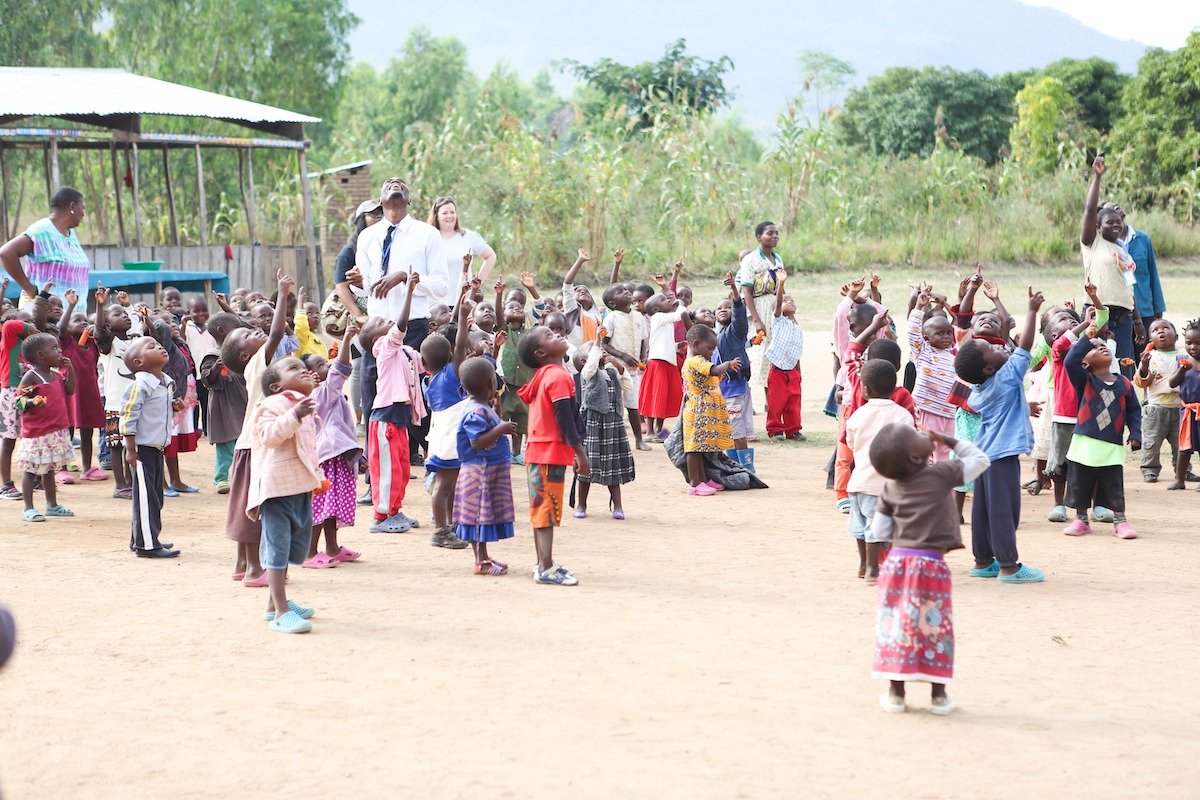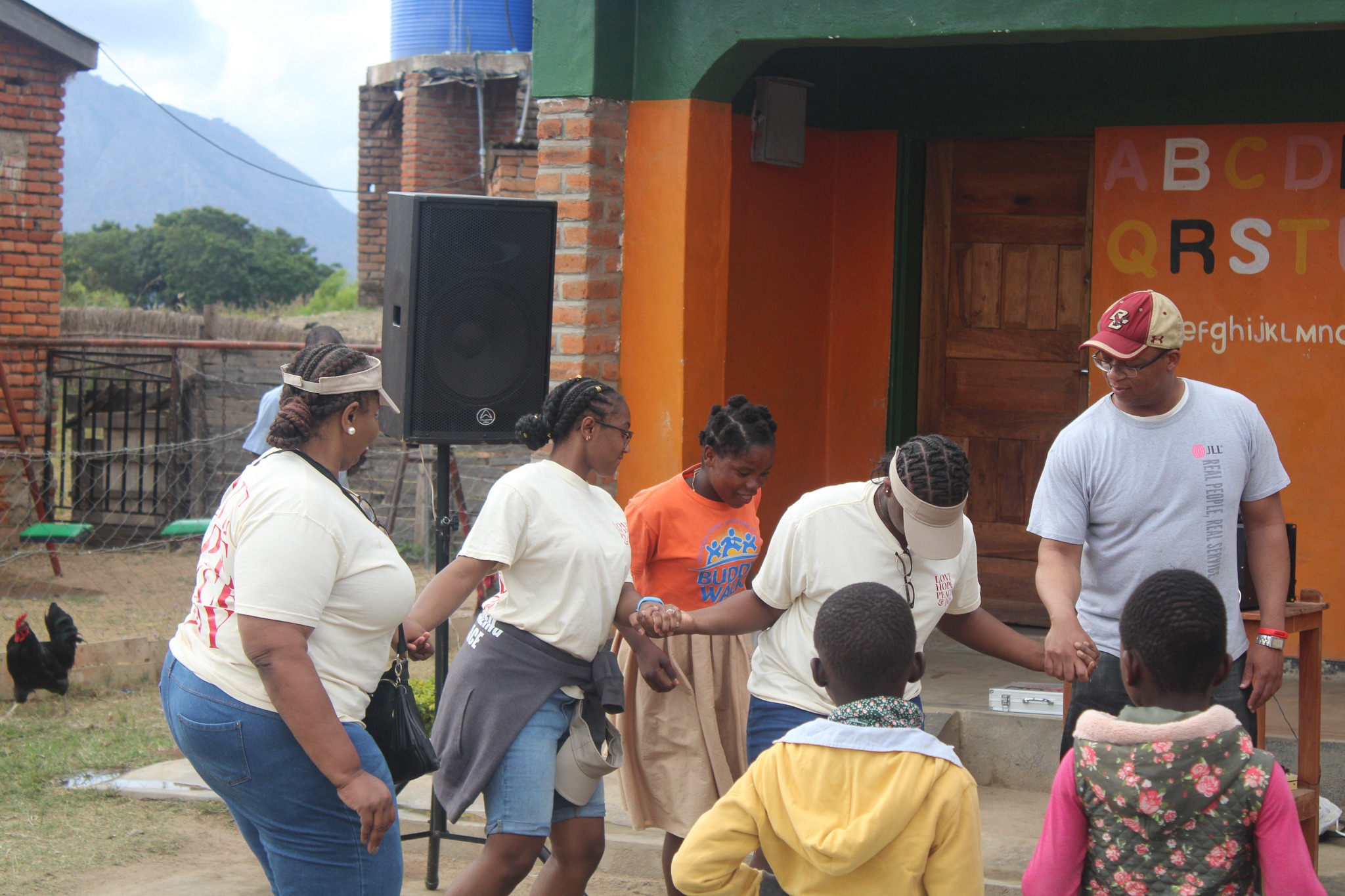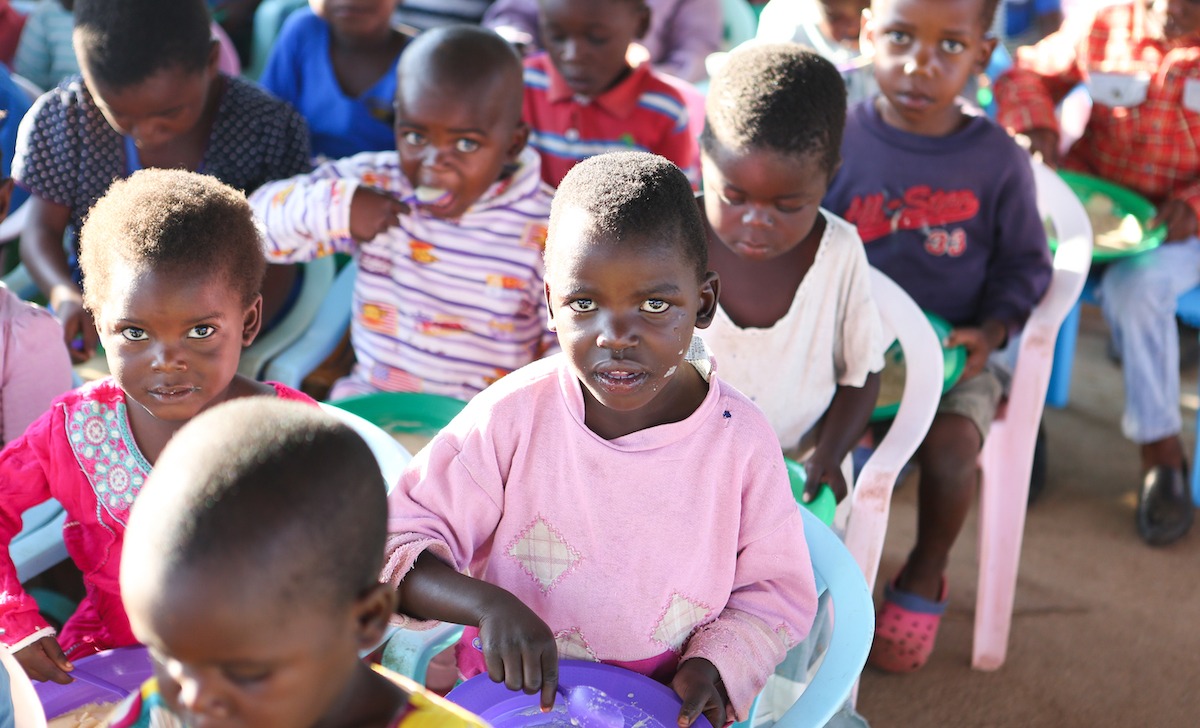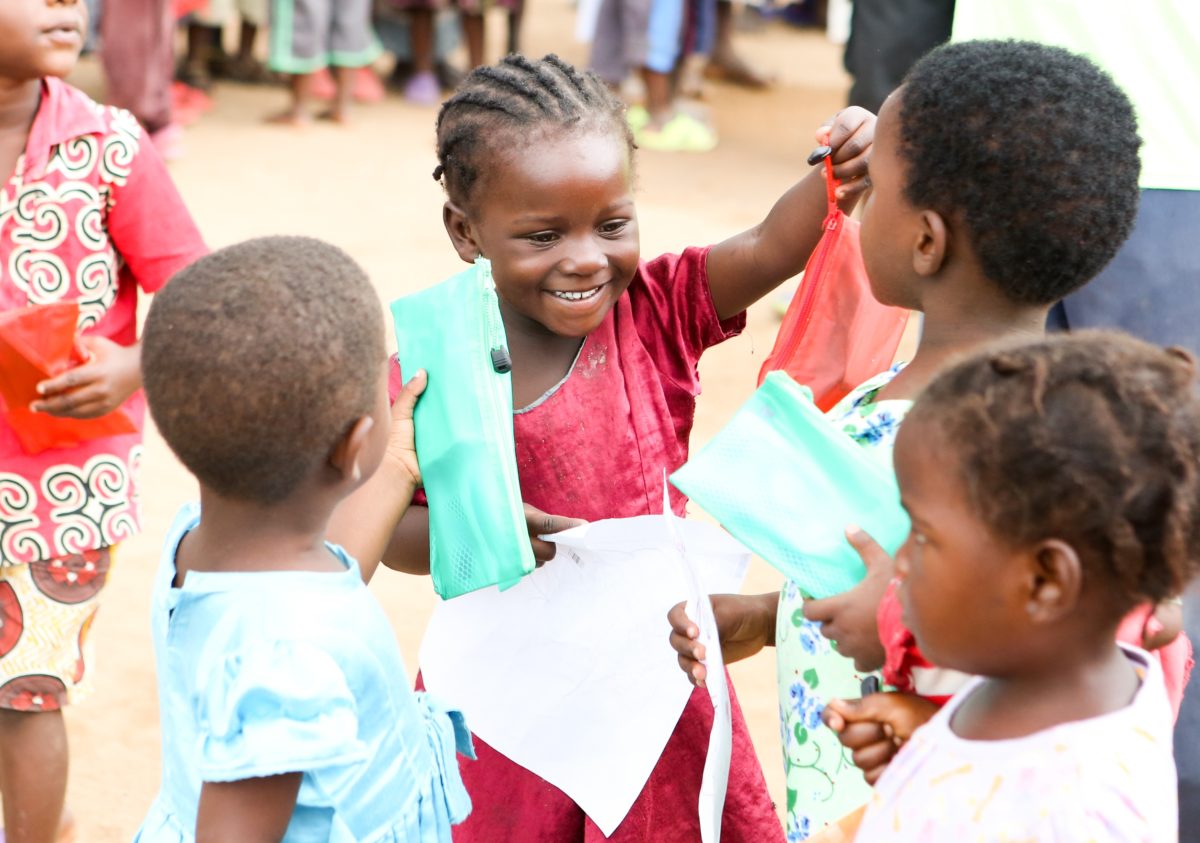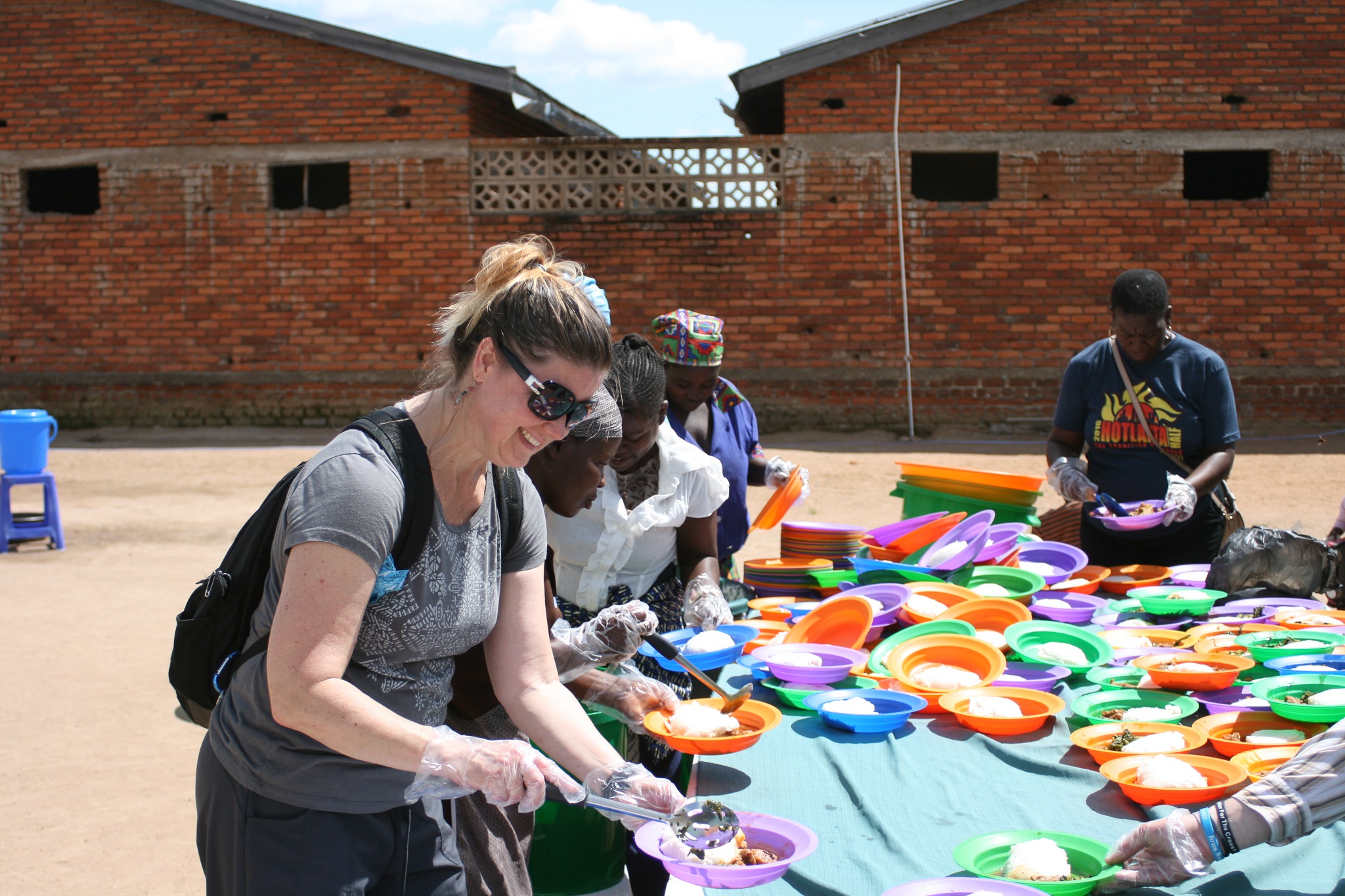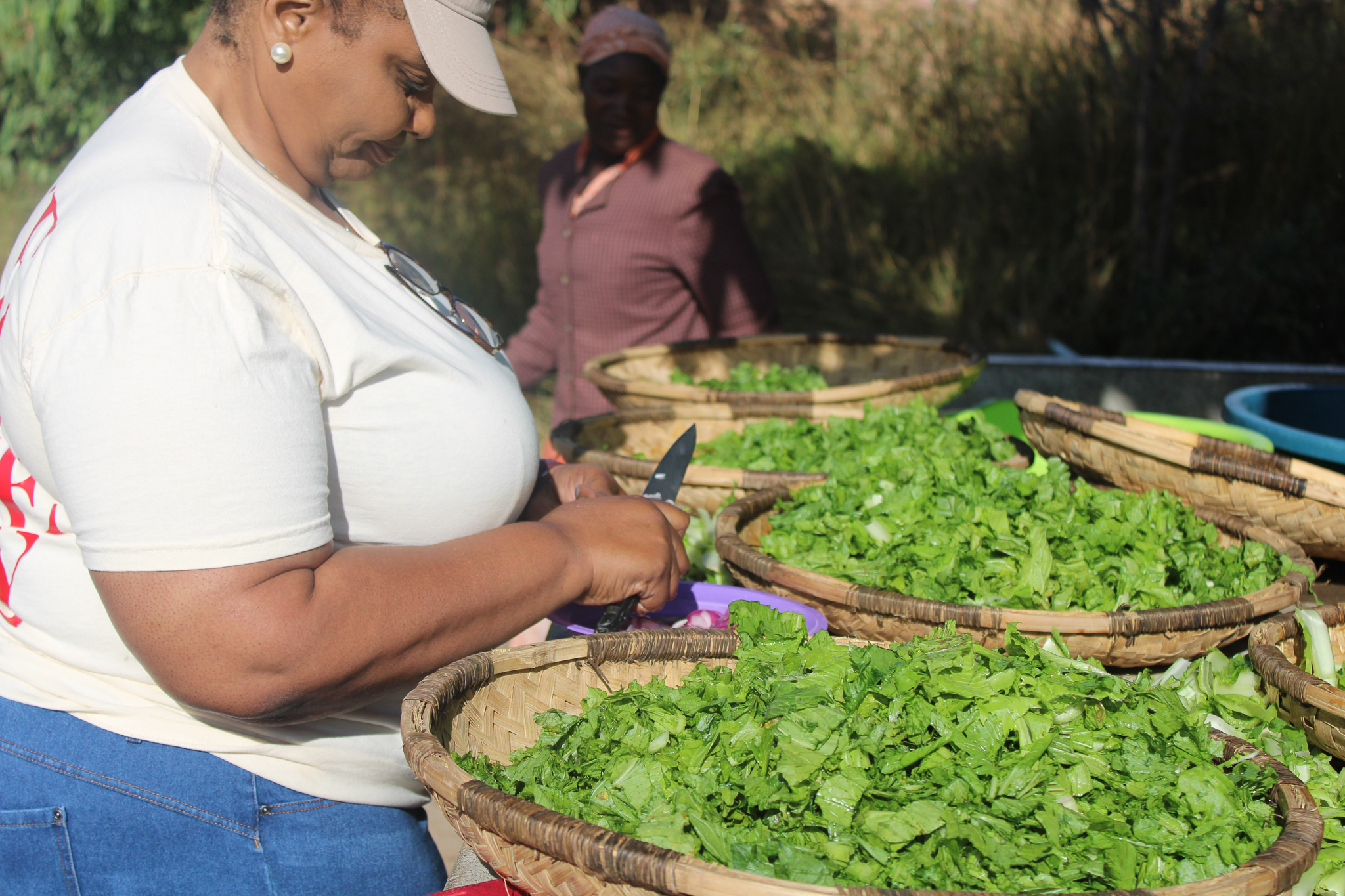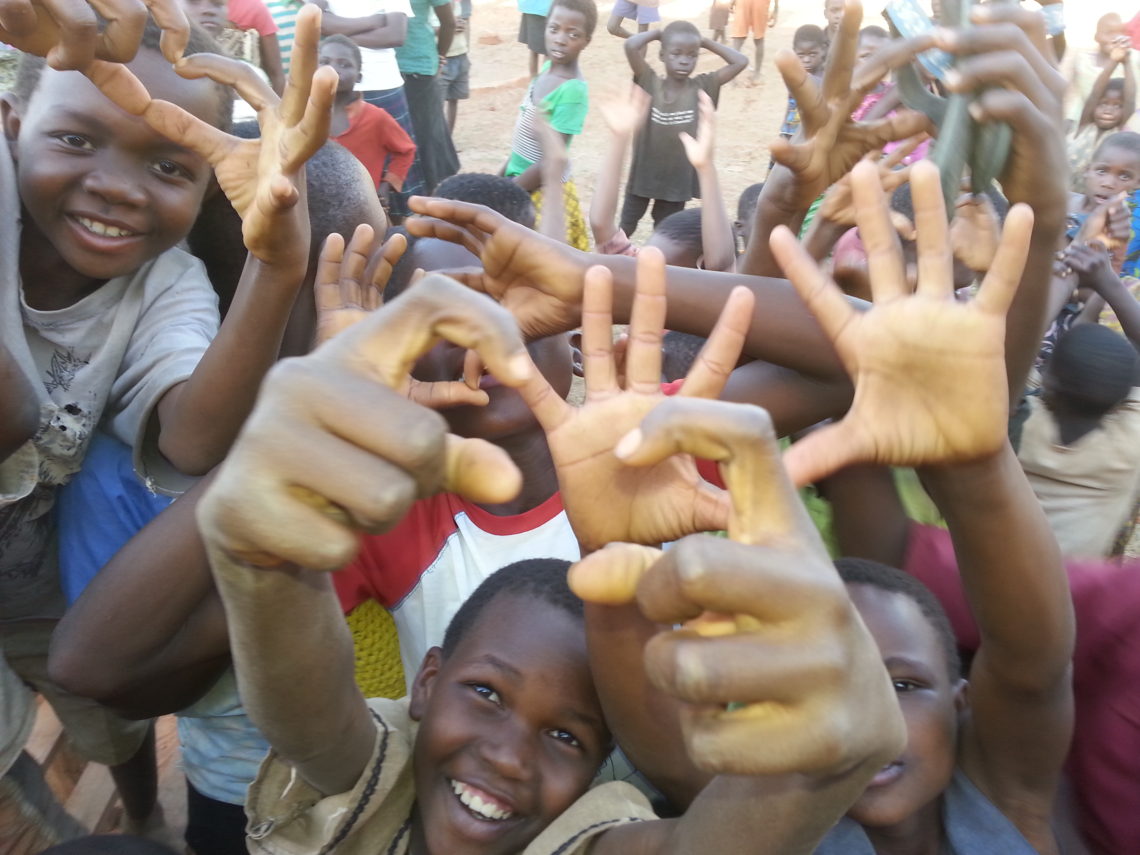What We Do
Education
FEEDING
housing/dorms
Maize & Rice Mill
Community
Education
Education is the cornerstone of what we do at BCV. Since 2011, we have placed emphasis on addressing this as a key tool to make a difference in the future of the children we serve. Our goal is to make a difference, one child at a time. We believe by focusing on education we can make a sustainable difference.
Our school is meant to prepare children for primary school. Beginning at 7:30am each day, Monday – Friday, we take time to educate the children on learning fundamentals. Each child is taught the alphabet and each child is taught number counting from 0-100. But that’s only the beginning. We assign notebooks and pencils to our children and each day they are trained on how to write, they are required to follow along with the instructor and duplicate what is being taught on the notebooks. At the end of each day, our teachers grade their daily performance via the notebooks and grades are assigned. We do this so that we can monitor the progress of the children on an individual basis and identify ways to enhance our teaching methods.
Through our curriculum we utilize other forms of education as well such as verbal recitation. We have discovered this helps some children develop and improve on their motor skills. We also have daily coloring exercises where children are given crayons and coloring pads where they can use their imaginations to design works of art. We also allow the children to free-form draw and color as well.
On our staff we have one college degreed and certified instructor who builds the curriculum for the children. We also have five other experienced and certified instructors to assist with the daily classes. We do this so that by the time our children are graduating from our campus they are ready to begin primary school. At the age of 6, children are allowed to enter primary school which is provided for free by the government. We have had very much success with our education methods and members from the local social welfare offices have come to thank us for the difference we are making in the community.
Feeding
Food is one of the core fundamental needs of all human beings. We place direct emphasis on addressing this most basic of needs for our children. Due to the economic difficulties facing the community we serve, we are even more aware of the significance of our commitment. One of the challenges we face is malnutrition. Many of the children in our community are suffering from the effects of malnutrition.
Malnutrition is a condition that results from eating a diet in which nutrients are either not enough or are too much such that the diet causes health problems. It may involve calories, protein, carbohydrates, vitamins or minerals. Not enough nutrients is called undernutrition or undernourishment while too much is called overnutrition. Malnutrition is often used to specifically refer to undernutrition where an individual is not getting enough calories, protein, or micronutrients. If undernutrition occurs during pregnancy, or before two years of age, it may result in permanent problems with physical and mental development. Extreme undernourishment, known as starvation, may have symptoms that include: a short height, thin body, very poor energy levels, and swollen legs and abdomen. People also often get infections and are frequently cold. The symptoms of micronutrient deficiencies depend on the micronutrient that is lacking.
To address this obstacle we have committed to serving two meals per day, Monday – Friday. When children first arrive in the morning at 7am they are served a hot breakfast which typically a soy protein porridge. Think of this a type of grits. It is a mineral enriched bowl which has added proteins, soybeans, corn and other crucial vitamins that provide the nourishment that growing children need.
We also serve our children snacks around 9am and lunch at 11am. Lunch contains a base such as rice or a corn flour substitute which is indigenous to the region. It’s called nsima (In-see-mah). A vegetable or fiber side; typically beans, cabbage, or green vegetables such as turnips, spinach, kale, etc. Once a week we provide a meat such as chicken, beef, or goat.
Boys & Girls Dorm
We are currently in the process of constructing a facility that will house 112 girls & boys upon completion. This will be a way for us to keep some of our children we serve overnight as we currently do not have the resources. We have already begun working with the local and national government and have begun the screening process so that we select those children who are most in need of housing. Through the use of birth certificate records and other documents and agencies we can better identify those children. We are fortunate to have the support and help of the social welfare offices as we work with them through this process.
In 2017, we dedicated our Girls & Boys Dormitory to the memory of Justin Weimer. We will always remember his life and his service to God. And we know that all things work together for good to those who love God, to those who are the called according to His purpose – Romans 8:28.
Rice & Maize Mill
In Fall of 2016 we were able to begin and complete construction of a Maize Mill. So what’s a maize mill? So glad you asked! First let’s begin with what is maize? Maize is another term for corn.
Maize milling is a method of processing maize for safe consumption. The process begins with cleaning the grain and is usually followed by conditioning the maize (dampening the maize with water and then allowing it to condition for some time in a bin). Cleaning and conditioning of the maize is an important step in this process and refers to the removal of foreign material and all that is not maize kernels from the to-be milled grain that lowers the quality of the product such as husk, straw, dust, sand, everything too big and too small and lighter than a maize kernel. It also refers to the removal of poisonous seeds, and material harmful to the milling equipment such as metal and stones. Now conditioning refers to the addition of moisture to the maize to allow the bran to be peeled off in flakes during milling with plate or roller mills, allowing easy separation in a sifter and, most importantly to add mass to the meal. Essentially, the mill converts the corn into flour which the local residents are then able to sell and this is how they earn a living.
Back to the fall of 2016. We received help from a special group of generous and loving individuals from Hope Church, in Woodstock, Georgia. This congregation took it upon themselves to make a difference and impact in the community we serve. They took up this project of establishing a maize mill because it was a sustainable way to make a positive difference in the lives of the children, the adults in the community, and the organization that is BCV. Pastors David and Julie Loehr have been our longest tenured supporters of our organization. This was quite an undertaking to fund, construct, and complete but this determined group of members were able to accomplish this arduous task. They sent a team of men professional carpenters, contractors, electricians, etc to complete construction in October – November of 2016.
This was our first revenue project! The significance of this project is beyond what one can image. It allows us as an organization to not be totally reliant on donations. By having the ability to earn revenue through the private sector we now have the ability to stabilize revenue which we allows us to better address our operations as we continue our education and feeding initiatives. It also allows us to build towards our Girls Dormitory project which is our largest undertaking. Also, it allows us to employ some local residents in the community, which is another way to make an economic impact in the community.
Community
From providing relief from natural disasters with food and temporary housing to working with the local police and hospital to provide help for new mothers, we are commited to give help and hope to our community.



